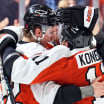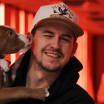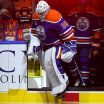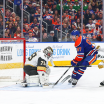The Coaches Room is a weekly column by one of four former NHL coaches and assistants who will turn their critical gaze to the game and explain it through the lens of a teacher. Jim Corsi, David Marcoux, Paul MacLean and Joe Mullen will take turns providing insight.
In this edition, Corsi, the former goaltending coach of the Buffalo Sabres and St. Louis Blues, looks at how the modern-day defenseman is changing how teams attack in the offensive zone.
Three ways to beat collapsing defenses
Corsi gives tips on how to best score against shot-blocking teams
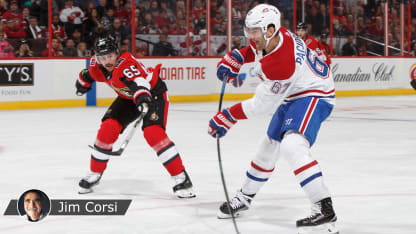
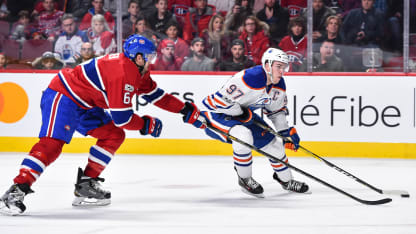
© Minas Panagiotakis/Getty Images
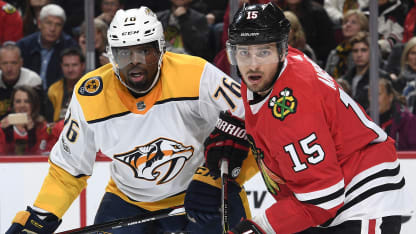
© Bill Smith/Getty Images
